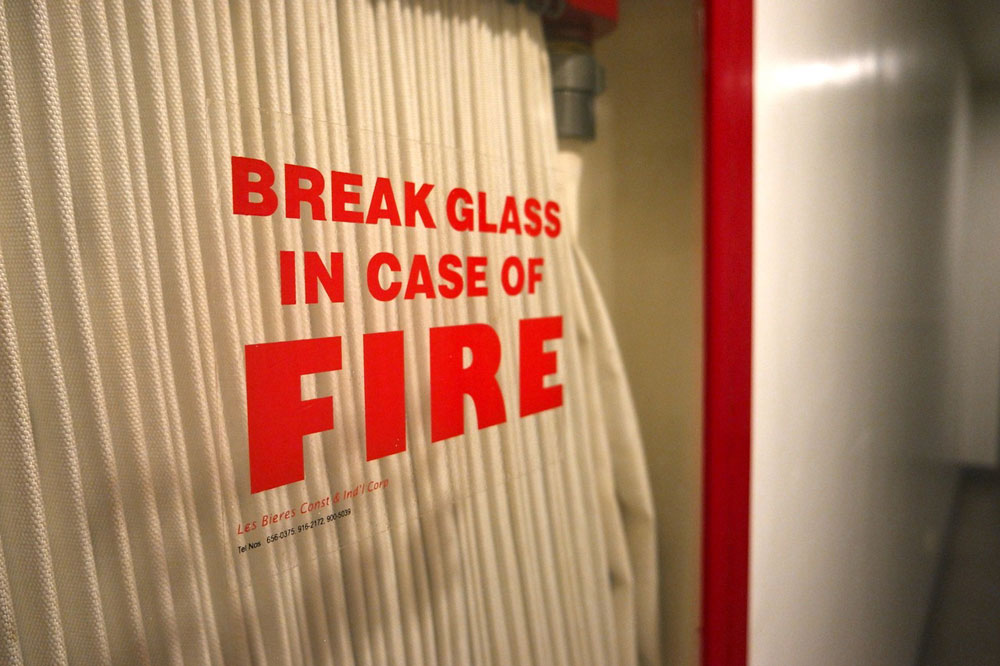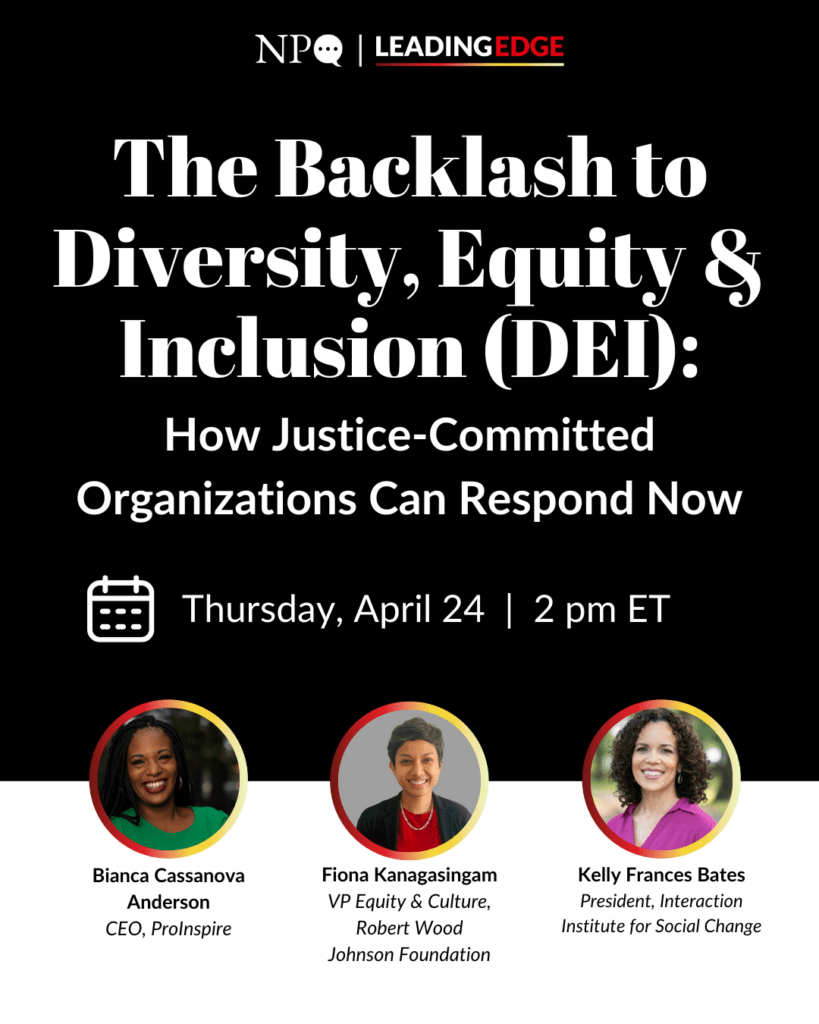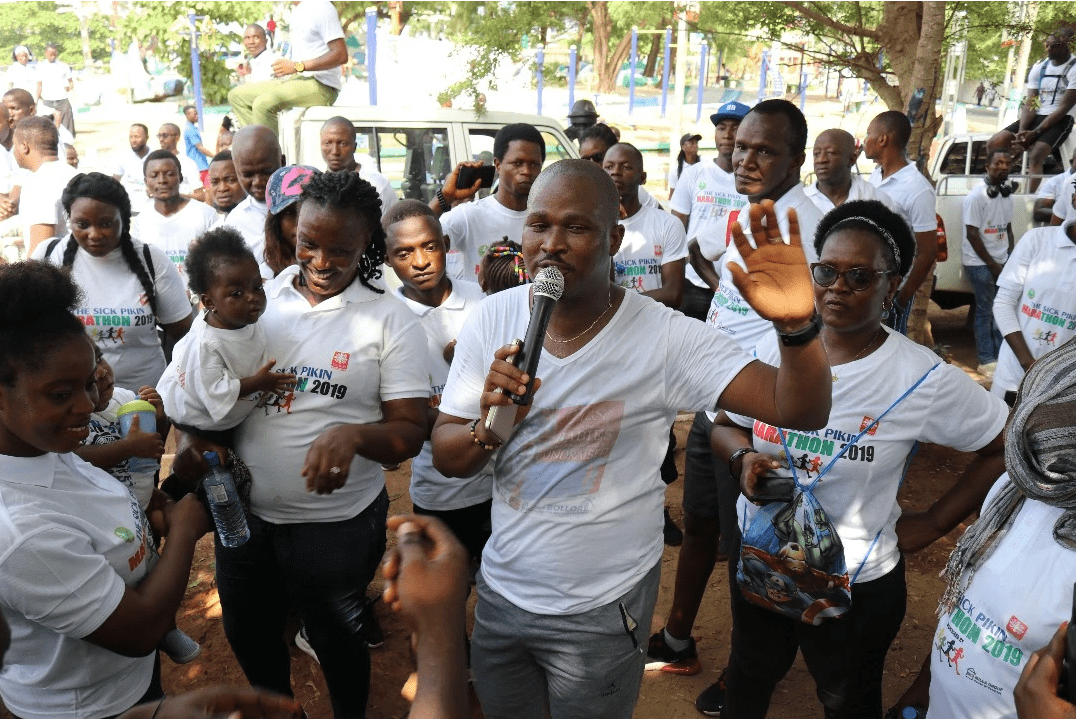
We are living through a time of unprecedented challenges: a major public health crisis, a deepening recession, and widespread trauma and hardship. To get through it, and to recover, will require tapping into a wide range of resources.
Congress has already authorized trillions in bailouts and stimulus funds. But as the record lines at local food banks attest, millions of Americans are still relying on the support of hardworking local nonprofits. These nonprofits are going to need major infusions of support from charitable donations and foundations.
As part of the CARES Act stimulus, Congress increased incentives for charitable giving. Congress should consider, as part of its next relief bill, an “Emergency Charity Stimulus” to inject more than $200 billion into the economy, protect jobs in the nonprofit sector, and help fight the coronavirus disaster.
In a new policy brief, Helen Flannery and I analyze in detail the potential revenue from enacting a three-year emergency mandate requiring private foundations to double their annual required payout, from five percent to 10 percent. We estimate that for each one percent increase in payout, an estimated $11 billion will flow to charities annually.
To avoid abuses, three things should be excluded from what is counted as payout: donations to DAFs (donor-advised funds), investments in for-profit companies, and anything more than a 0.5 percentage of assets in overhead expenses. These activities would not be prohibited by foundations; they would simply not be counted as “payout,” which implies funds leaving the dominion of the donor and moving to working charities.
We propose that a similar 10-percent payout requirement apply to individual DAF account holders as well, which currently have no mandatory minimum payout. Donations to other DAFs would be excluded from the DAF payout calculation.
The Limits of Voluntary Responses
Right now, there is an estimated $1.2 trillion in wealth warehoused in private foundations and donor-advised funds. While the donors to these funds have already taken substantial tax breaks for their contributions—sometimes decades ago—there are few incentives to move the money out to charities doing urgent work.
In fact, America’s 728,000 DAFs—which hold an estimated $120 billion—aren’t legally required to pay out their funds at all, ever. While most DAF accountholders do make payments on a regular basis from their accounts, a sizeable minority do not. One could argue about whether having no minimum payout ever makes sense; here we make the smaller claim that in an emergency, it certainly does not.
America’s 86,000 foundations, which hold over $1 trillion in assets, are mandated by tax law to pay out five percent of their assets each year. But this payout calculation includes foundation overhead expenses, donations to donor-advised funds (which, again, have no payout requirement), and even investments in profit-making companies that, the donor claims, make positive impacts on society.
Some foundations pay out substantially more than 10 percent, including the Walton Family Foundation, the Simons Foundation, and the Bill and Melinda Gates Foundation. But many more treat the five percent minimum payout as a ceiling, not a floor—and some fall below the floor. The John Templeton Foundation, for example, with $3.2 billion in assets in 2018, had a payout rate of just 4.2 percent that year.
Bloomberg Philanthropies, the foundation funded by former New York mayor and presidential candidate Michael Bloomberg, paid out at relatively high rates of 5.6 and 8.6 percent in 2017 and 2018. But Bloomberg’s foundation paid out at an average rate of just 4.2 percent over the previous seven years before that (from 2010 through 2017).
Remember: the deductibility of these funds is subsidized by ordinary taxpayers. For the wealthiest donors, every dollar parked in their foundation or DAF reduces their tax obligations—in some cases, such as when donating property, by more than half—leaving people of more modest means to cover public programs.
These wealthy donors have already claimed their tax breaks. Now, in a crisis, ordinary taxpayers need to see the benefit of the funds they subsidized flowing to charities on the ground.
Over 700 foundations have signed a pledge to “act with fierce urgency” to support nonprofit partners and communities hit hardest by COVID-19. The community foundation sector has set up emergency response systems in all 50 states to channel donations to COVID-19 response efforts.
These are inspiring voluntary efforts, but it’s not clear how many funds frontline nonprofit organizations will actually receive as a result. In this unprecedented emergency, Congress should consider a mandate for increased flow of funds.
Sign up for our free newsletters
Subscribe to NPQ's newsletters to have our top stories delivered directly to your inbox.
By signing up, you agree to our privacy policy and terms of use, and to receive messages from NPQ and our partners.
Payout for Foundations and DAFs
In 2018, the Foundation Source reported that foundations distributed grants at an estimated average rate of 7.3 percent of assets. However, this average rate camouflages a wide disparity in distribution rates by foundation size, with the largest foundations tending to pay out at much lower rates. Small and mid-size foundations with assets less than $1 million paid out at an average 14.2 percent, while larger foundations with assets over $50 million paid out at an average of 5.9 percent.
The most recent reliable source for typical payout rates is an analysis done by the Foundation Center (now part of Candid) in 2012. The Center analyzed grants from a sample of 979 foundations from 2007 to 2009 and found that their median annual distribution rate was 5.8 percent over that time period. The study agreed with the Foundation Source findings that larger foundations paid out at lower rates than smaller ones. The study also found that the very largest foundations, those with assets over $500 million, paid out at only 5.4 percent—just over the five-percent minimum (Foundation Center).
As for DAFs, different groups calculate overall payout rates differently. For us, using Internal Revenue Service (IRS) standards, we estimate that the average payout rate by DAFs in the United States has been about 14 percent over the past five years. This is greater than 10 percent, of course, but reporting a single average rate masks a wide variation in rates across separate funds. While some individual funds in a DAF may have very high rates of payout, other funds managed by the same sponsor may pay out nothing at all. In 2012, for example, the IRS reported that roughly one fifth of all sponsoring organizations made no grants from their DAF accounts.
How much money would be raised if we increase foundation payout? And can we estimate how much in additional funds would flow if donor-advised funds had a minimum payout requirement? Given the importance of this policy question, there is a dearth in recent research on this topic. According to our analysis, increasing the foundation payout rate from five percent to 10 percent would generate an estimated $60 billion to $68 billion a year, factoring in declining endowment sizes as a result of market declines. Mandating a minimum 10 percent payout for DAFs would shift at least an additional $4.6 billion to $7 billion a year to working charities. In short, an emergency charity stimulus would increase the flow to working charities by an estimated $200 billion in three years.
The Perpetual Life Question
Many will object, arguing that voluntary action is sufficient to meet the needs of these times. But while some foundations are stepping up—and making pronouncements—others are pulling back after seeing initial hits to their endowment assets.
The largest DAF sponsor, Fidelity Charitable, has announced that they have already given out $100 million in March and reported $236 million for COVID relief efforts as of May 5th. But $236 million is less than one percent of the $27 billion in DAF assets they hold according to their most recent filing. Again, one can hope that the pace of granting continues throughout the year, but will it?
A group of nine philanthropic sector leaders has called on colleagues to significantly increase their giving during the crisis, and not just seek to safeguard their endowments. As Phil Buchanan of the Center for Effective Philanthropy (CEP), hardly a philanthropic radical, put it, “if yours is a perpetual foundation, you have literally forever to get back to whatever your endowment was at its peak.”
Some leaders are questioning how important it is to maintain foundations in perpetuity in contrast to the devastation facing the independent nonprofit sector that accounts for over 12 million jobs and 10 percent of the private sector workforce. In their letter, CEP and eight other prominent nonprofit sector organizations noted that, “The strength of a funder’s grantees at the end of this crisis will be a much better measure of the significance of a foundation than the size of its endowment.”
Scott Wallace, co-chair of Wallace Global Fund, called for an emergency charity stimulus in an op-ed in USA Today. A group of philanthropic donors and leaders led by the Patriotic Millionaires and Voices for Progress have launched a public campaign to rally support for this measure.
Many charities ranging from Boys and Girls Clubs and Meals on Wheels to local social service and arts and culture organizations face extraordinary challenges. Moving billions of wealth off the charity sidelines will help sustain this vibrant sector in its time of need.
Even in normal times there is a debate as to whether our tax laws should encourage the creation of perpetual private foundations. But in these extraordinary times, this emergency provision encourages foundations to balance their interest in creating a perpetual institution with the urgent needs of the current crisis.
One justification for creating a perpetual institution is to have funds set aside for a “rainy day.” The rainy day has arrived. As Vu Le of the popular blog Nonprofit AF observed before our current crisis, “Imagine if there’s a famine, and you have seeds for crops that would feed people. Would it be ethical to give out only five percent of the seeds, because you want to save 95 percent for future famines?” It is appropriate for taxpayers and the government to require donors who have already taken significant tax breaks to move funds more urgently in a time of extreme crisis.
As part of future COVID-19 relief bills, Congress will probably consider other incentives to boost charitable giving, inducements that will cost the US Treasury lost revenue. Lawmakers should consider an Emergency Charity Stimulus that will increase the flow of resources to nonprofits, but that has already been effectively “paid for.”
Chuck Collins directs the Charity Reform Initiative at the Institute for Policy Studies and is coauthor, with Helen Flannery, of the briefing paper, “The Case for an Emergency Charity Stimulus.” He is coauthor of numerous reports on charity reform, including Top Heavy Philanthropy and Its Risks to the Independent Sector and Warehousing Wealth: Donor-Advised Charity Funds Sequestering Trillions in the Face of Growing Inequality.












